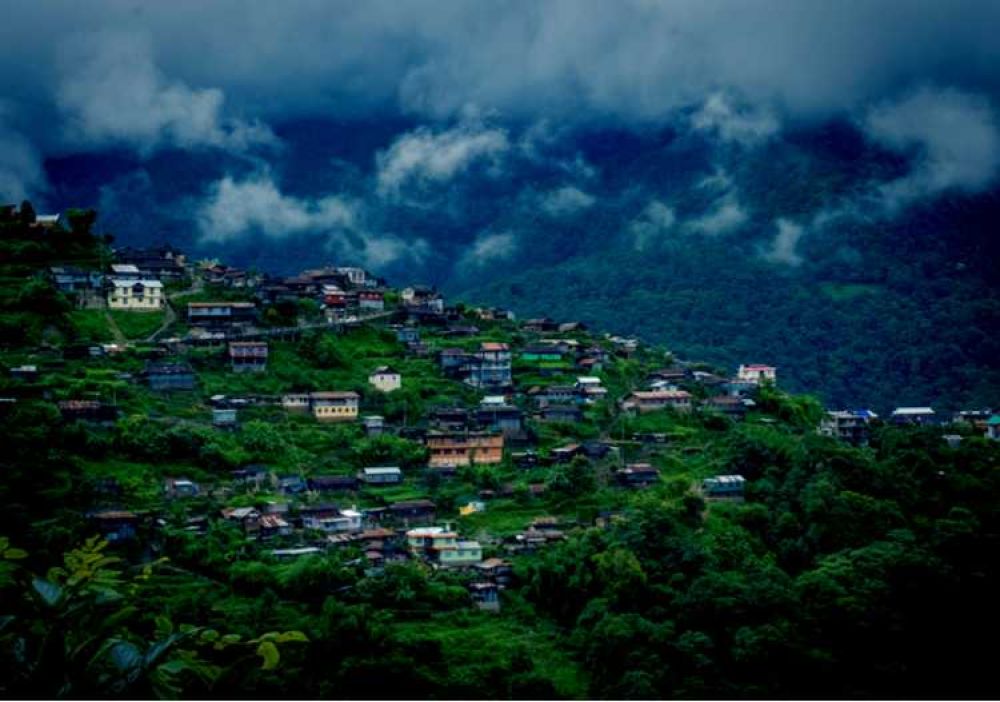

Dimapur, the largest city in Nagaland, is a place steeped in history and culture, offering a unique experience to visitors from around the world. The history of tourism in Dimapur can be traced back to the times when it served as the capital of the Kachari tribe. The remnants of their civilization, particularly the Kachari Ruins, are a testament to Dimapur's historical importance and serve as a significant attraction for tourists.
The inception of tourism in Dimapur was largely tied to its historical and cultural significance. This town was less recognized by the global tourism industry until the latter part of the 20th century. Visitors initially were those interested in anthropology, history, and culture. The region's folklore, tribal customs, the Hornbill Festival, and the mystery of the Kachari Ruins attracted academics and cultural enthusiasts who were the primary tourists in those early days.
During the 1980s and 1990s, the tourism industry in Dimapur began to develop as the state government recognized the potential of tourism in promoting Nagaland’s culture and heritage. With the introduction of organized festivals and celebrations like the Hornbill Festival, which showcases the rich traditions of all the tribes of Nagaland, Dimapur saw a steady increase in domestic and international travelers.
In recent years, Eco-tourism and Adventure tourism have become increasingly popular, with Dimapur offering opportunities for trekking, jungle camping, and bird watching. Additionally, owing to the increased interest in ethnic tourism, visitors come to explore the day-to-day life and customs of the Naga tribes, whereby community-based tourism initiatives have gained momentum.
Besides cultural tourism, Dimapur has seen a rise in Business tourism, being the commercial hub of Nagaland. The city is also seen as a gateway to explore other parts of Nagaland given its strategic location and better connectivity via road, rail, and air.
Dimapur Airport and the city's railway station play critical roles in boosting tourism. They have made the once remote regions of Nagaland more accessible to national and international visitors, thus driving the growth of tourism.
Despite its growth, tourism in Dimapur has faced challenges such as the need for improved infrastructure, sustainable practices to preserve the environment and heritage sites, and political stability. The local government, along with several NGOs, is working to balance economic development with the preservation of Dimapur’s natural beauty and cultural identity.
Overall, Dimapur, Nagaland has evolved from a historically and culturally significant location to a multifaceted tourist destination. Its appeal lies in its rich history, vibrant culture, and the warm hospitality of its people. With ongoing development and promotion of sustainable tourism practices, Dimapur continues to cement its place on the tourism map of India.